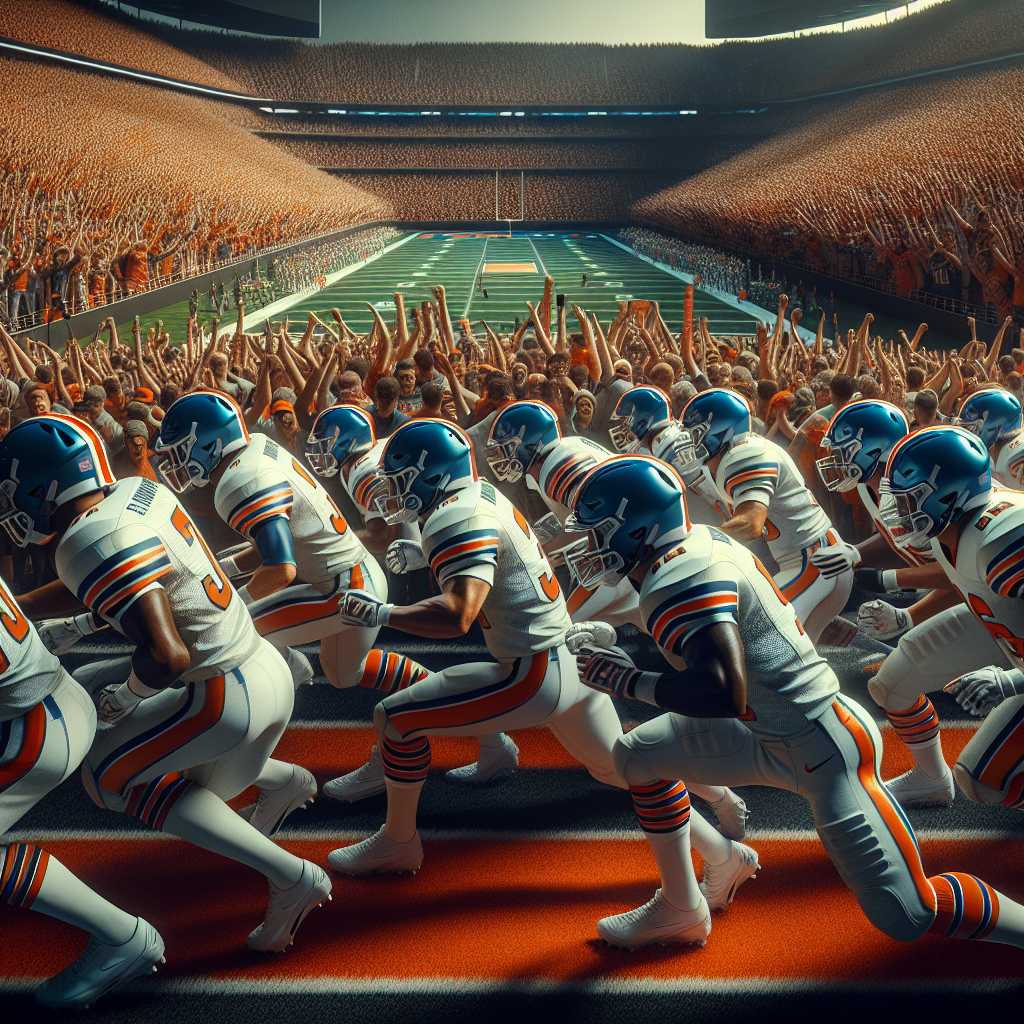The Rise, Challenges, and Current State of West Virginia Football
When one examines the landscape of college football, West Virginia University (WVU) stands out as a program with a storied history, resilient character, and passionate following. The Mountaineers, as they are known, have battled through a myriad of challenges including intense competition, coaching changes, and conference realignments to establish a name in the realm of NCAA football.
Historical Overview of WVU Football
West Virginia football’s journey began in the late 19th century. Over the decades that followed, the Mountaineers crafted a reputation that fluctuated between periods of greatness and hardship. Early successes paved the way for future aspirations in Morgantown, where gold and blue would come to symbolize pride for generations of fans.
The team’s history is peppered with notable achievements like their impressive victories in major bowl games. However, their quest for a national championship remains unfulfilled—a goal that continually fuels the Mountaineers’ competitive fires.
Coaching Legacies and Influential Figures
Throughout its history, West Virginia has seen many coaches contribute to its development as a formidable force on the field. Coaches such as Don Nehlen and Rich Rodriguez left indelible marks on the program. Nehlen’s tenure saw significant growth in the team’s competitiveness throughout the 1980s and ’90s while Rodriguez ushered an era of innovation and offensive might in the early 2000s.
Each coach has contributed uniquely to WVU’s style of play with strategies tailored to the talents and tenacities of Mountaineer athletes. Coaching changes brought strategic shifts but maintained a resilient spirit that defines Mountaineer football.
Recent Performance Analysis
In recent years, WVU had fluctuating success rates, highlighted by key victories but also beset by rough seasons that reflect the inherent volatility in college athletics. As members of the Big 12 Conference since 2012, the Mountaineers have been forging new rivalries against storied programs like Texas, Oklahoma, and Baylor.
While conference changes bolstered WVU’s television exposure and recruiting reach, they also increased challenges on the competitive front. Striving to keep pace with high-powered offenses within their conference emphasized WVU’s need for continual adaptation and refinement.
Player Development and NFL Aspirations
The Mountaineers have produced numerous players who achieved success at the collegiate level and advanced to careers in the National Football League (NFL). Player development at WVU remains a strong drawing point for recruits seeking to make their mark on a national scale and potentially transition to professional play.
From prolific quarterbacks to stout-defensive standouts, West Virginia has showcased talents that mirror broader trends within American football—such as emphasizing speed and agility alongside strength and tactical acumen.
Fan Culture and Community Impact
Few fan bases exhibit passion quite like that displayed by those supporting WV Tech football. The sense of community and vibrancy among supporters underlines how integral WVU football is to local culture. Home games at Milan Puskar Stadium unify students, alumni, and state residents in celebration of Mountaineer pride—a manifestation of West Virginia’s rugged determination.
Financial Considerations in Collegiate Athletics
Success in college sports often hinges on financial health. Revenue from tickets sales, licensed merchandise, contributions, and media deals play pivotal roles in sustaining WVU’s athletic competitiveness. These resources finance scholarships, facilities upgrades, and coaching recruitments essential for keeping pace with top-tier programs.
In recent years, college athletic funding nationwide has been under scrutiny due to rising costs and questions about return on investment—for universities as well as student-athletes. WVU remains proactive in navigating these fiscal dynamics to secure longevity for its football and broader athletic endeavors.
